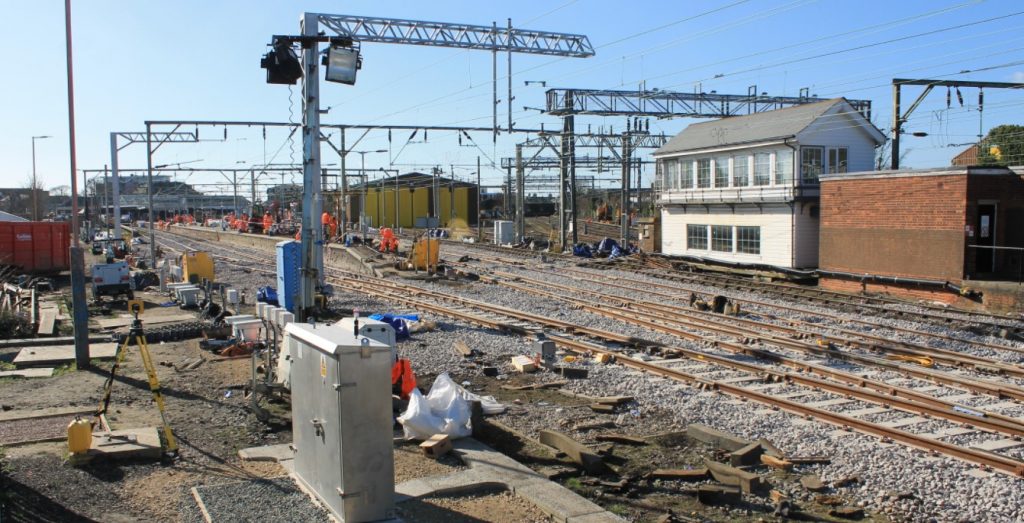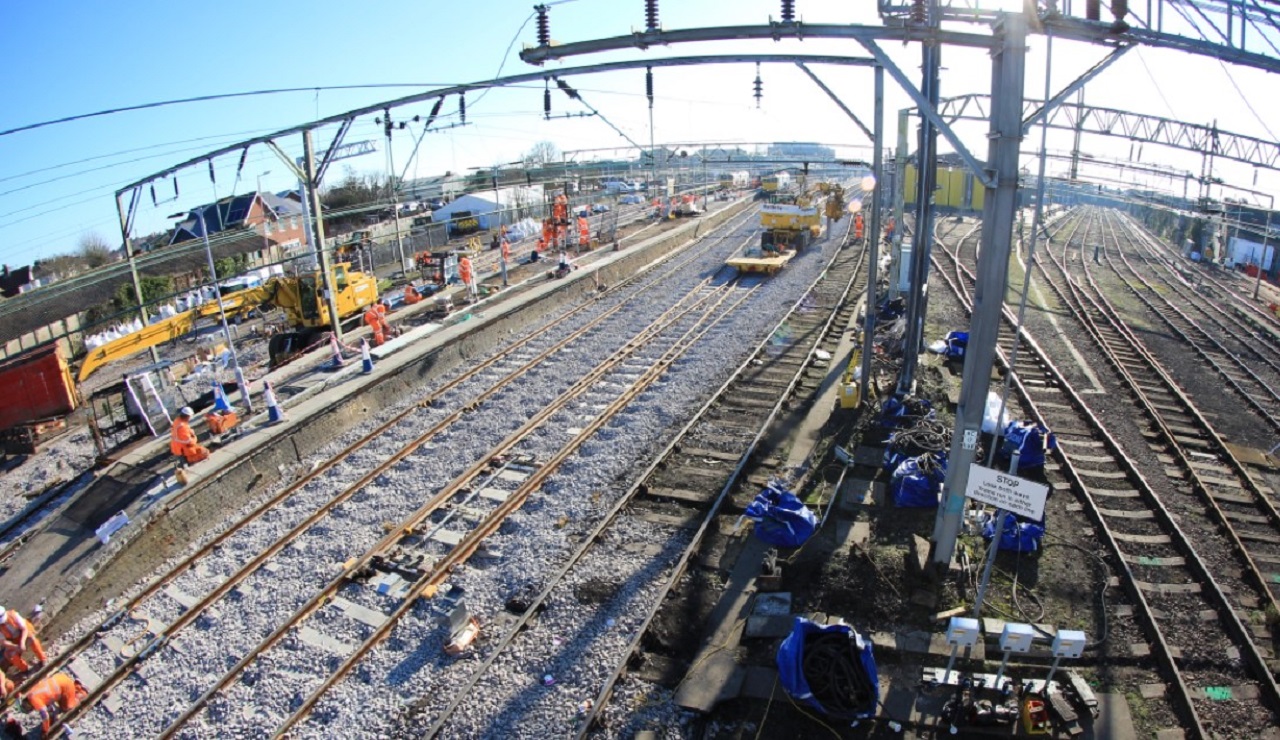We’ve just completed a big project in the Clacton-on-Sea area in Essex to bring its signalling system into the 21st century.
The vital upgrade will give you more reliable journeys. How?
Our team has installed a new signalling system, which gives trains the information they need to move forward safely. It’s replaced the Victorian equipment, which used mechanical levers and pullies to change signals and control the points, which allow trains to switch between tracks. The new system is now controlled from a powered signal box at Colchester.
The powered signal box works much like a state-of-the-art Rail Operating Centre (ROC), where our people can more efficiently control signalling over large areas, but at a more local level.
Elsewhere in our Anglia route, we’ve recently transferred signalling control from old, mechanically interlocked areas to Colchester. Here, we can centralise signalling and potentially move that to a ROC in the future.
The new signalling system will compliment train operator Greater Anglia’s new fleet of trains.
Here’s a breakdown of the project in numbers …
£37m: Our investment at Clacton-on-Sea in giving you better services.
1891: The year the existing signalling system’s lever frame dated from. Other equipment in the area dated from 1958.
500 metres: The length of our newly laid track. The new track layout will mean more reliable services and less disruption to your journeys.
12 renewed signals: We’ve modernised the signalling system with solid state interlocking system with LEDs.
12 renewed points: These bits of track, are now power operated and linked to the new signalling system.
23 days: How many we spend on intensive works to carry out the upgrade. The early preparation works began in the winter of 2019 and continued throughout last year.
Four years: How many we spent planning and delivering the project.
Amir Parekh, a project management assistant, said: “It was important to ensure the signalling system supporting our operators was fit for purpose and offered the functionality and flexibility to facilitate our collective ambition to put our passengers first and deliver a railway fit for the 21st century.”
What else is new?

A hydraulic buffer – a type buffer stop that uses hydraulics to absorb the energy of an incoming train.
This kind of buffer is novel to the area and will be implemented in its proposed configuration for the first time, if approved.
Amir said: “This has received support from asset management as there are wider potential applications for this technology within the region and perhaps elsewhere in the business.”
Read more:
World Engineering Day – Trackside Tara and 300 tonnes of concrete
World Engineering Day 2021 – six awesome engineering projects on the railway




